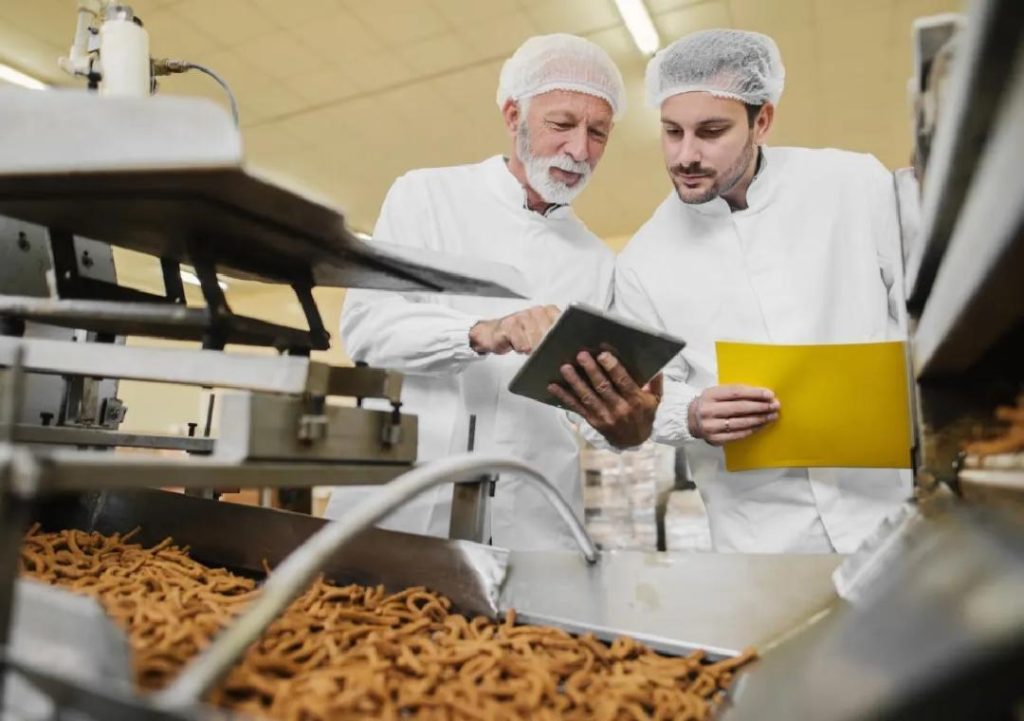
Can P&L Optimisation Redefine Success in Food Technology?
The food technology industry is witnessing a significant transformation, driven by the increasing demand for efficient and sustainable production processes. One of the key factors contributing to this shift is the adoption of profit and loss (P&L) optimisation strategies. By streamlining P&L operations, food tech companies are not only improving profitability but also gaining a competitive edge in the market.
In recent years, the food technology sector has faced numerous challenges, including fluctuating raw material prices, changing consumer preferences, and stringent regulatory requirements. To navigate these complexities, companies are turning to automation, smart inventory systems, and data analytics to optimise their P&L operations. These tools enable businesses to cut waste, sharpen demand forecasting, and make better-informed decisions.
The Importance of P&L Optimisation
P&L optimisation is a critical component of any business strategy, and its significance is particularly pronounced in the food technology industry. Food tech companies operate in a highly competitive market, with thin profit margins and limited room for error. By streamlining P&L operations, businesses can:
- Reduce Waste: Automation and data analytics enable companies to identify and eliminate waste throughout their supply chain. This not only reduces costs but also minimises the environmental impact of food production.
- Improve Demand Forecasting: Smart inventory systems and data analytics provide businesses with accurate demand forecasts, enabling them to produce the right quantities of products and avoid overstocking or understocking.
- Enhance Decision-Making: With real-time data insights, food tech companies can make informed decisions about production, pricing, and inventory management, leading to improved profitability and competitiveness.
Scalable Models for Sustainable Growth
To achieve sustainable growth and stay competitive, food tech companies must adopt scalable models that can adapt to changing market conditions. This requires a strategic approach to P&L optimisation, which involves:
- Standardising Processes: Implementing standardised processes across the organisation ensures consistency and efficiency in P&L operations.
- Investing in Technology: Embracing automation, data analytics, and smart inventory systems enables businesses to streamline their operations and make data-driven decisions.
- Fostering a Culture of Continuous Improvement: Encouraging a culture of continuous improvement within the organisation promotes a proactive approach to P&L optimisation and drives innovation.
Case Studies in P&L Optimisation
Several food tech companies have successfully implemented P&L optimisation strategies, resulting in improved profitability and competitiveness. For example:
- Food manufacturer XYZ reduced its waste by 30% and improved its demand forecasting accuracy by 25% through the implementation of a smart inventory system.
- Meat processor ABC increased its production efficiency by 20% and reduced its energy consumption by 15% through automation and process optimisation.
Conclusion
P&L optimisation is a critical component of any food technology business strategy, enabling companies to improve profitability, reduce waste, and enhance decision-making. By adopting scalable models and embracing automation, data analytics, and smart inventory systems, food tech companies can stay competitive in the industry and achieve sustainable growth.
As the food technology industry continues to evolve, it is essential for businesses to stay ahead of the curve by implementing effective P&L optimisation strategies. By doing so, they can not only redefine success but also drive growth, innovation, and sustainability in the industry.
Source:
https://www.growthjockey.com/blogs/p-and-l-operations-in-food-tech
Note: The article is based on the provided news URL and is intended for informational purposes only.






